Have you developed an effective Pinterest strategy yet?
*This post contains affiliate links*
Have you started a blog yet? It’s easy! Click here to see how!
I want to start off by saying THANK YOU! Thanks for stopping by, taking a look, and taking the time to read (maybe even comment!).
I just had my my first blog anniversary (I’ve been blogging about a year although this blog is brand-spankin’ new.), and I wanted to clear something up.
Everything that I do with blogging is experimental. I don’t consider myself an expert – I’m learning and figuring it all out. If I share tips and ideas with you, it’s because I’m working on improving my own blog and I’ve found success with those things.
I do not ever INTEND to offend other bloggers or readers, only help by sharing what I think is working and how others can improve. This is only after having made my own mistakes and learned things the hard way.
I’m sharing what I’ve learned – nothing more! It’s meant to be constructive and helpful for other aspiring bloggers, because blogging is constant work and requires constant improvement. If you’re a hobby blogger that just blogs for fun and isn’t trying to earn money or just stay sane by blogging, then you can ignore my help!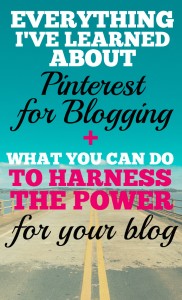
That being said, my Pinterest strategy is for bloggers who are just getting started and want to grow with Pinterest referrals. Welcome!
If you’re here, maybe you are a brand spankin’ new blogger. Or maybe not, but you’re just starting to use Pinterest to dig deeper and drive more traffic to your blog.
Awesome!
Pinterest is something that I’ve used since it started – long before I used it for blogging. I was already comfortable with it before having a blog, which is a huge part of why I’m able to provide you with these tips now. I’ve experimented with the personal side of it and the business side of it, and I’ve put in a lot of work on growing my Pinterest following. My last blog saw over 20,000 page views monthly from Pinterest. So here’s what YOU need to do to get started on your own Pinterest strategy:
Getting Started
- Open a Pinterest account!If you’re opening a new account, choose “Pinterest for Business.” If you have a personal account that already has a pretty good amount of followers and want to use that, convert it to a business account. You can change your name, email, page, and boards any time with Pinterest, so go ahead and make any blog-related changes. Take a look at my Pinterest page if you’d like. Make sure that you:
- Fill out your profile entirely by adding your blog in the website section and confirm it by adding the tracking info provided to your site.
- Choose a business name that includes your blog name. Mine says “Chantal @ Busy Blogging Mom.”
- Choose a username that is as close to your blog name as possible.
- Fill out your description or “about me” using as many relevant keywords as possible while still sounding human. This is the little tidbit where you have just a few words to tell people what you’re all about, so try to be compelling.
- Have a great profile picture of yourself, not your logo.
- Create boards that are relevant to your brand/blog. Name your boards using keywords if possible, and don’t forget to add a short description to each board. Use proper spelling and punctuation. These should have keywords, too. Tip: type in your keyword in a Pinterest search. Use the keywords that come up as relevant in thatsearch to describe your board. Example: If I want to make a board about dogs, I can see what other dog-related things are popular searches. In fact, Pinterest has them organized left-to-right in order of popularity. So if some of those keywords are related to your new board, use them in your title and description! It will help people find you & your board!
- Create a board just for pins from your blog. You can title it “The Best of “your blog name” or if you have a longer blog name, just name it that. For example, mine is just called, “The Busy Blogging Mom.” I ONLY pin images from my own site on this board. (More on that in a bit.)
- Start pinning relevant content to your boards.Try to pin some things that are just for you/for fun, too. Each board needs to have at least 10 or so pins to do well and show up in searches. You’ll want to be pinning regularly, so once you have all of the boards you think you want made, consider using something like Tailwind to keep up with this (more on that soon). Many social media gurus suggest pinning at least 10+ new pins per day to gain Pinterest’s favor and continue growth. P.S. It’s okay to have quite a few boards, (I have 93!) just make sure that they really capture who you are/what your blog is about and are created with your target audience in mind.
- Make sure that your pins have descriptions.If you are pinning things from your site, you MUST have a description relevant to the pin. You can add them in the “alternative description” box when you are uploading your images to your site. Be sure to use keywords in this.
- Apply for rich pins. Rich pins look more professional and allow you to add more info to each pin. It’s really important for branding and becoming a trusted Pinner. It’s super easy to do, and you can follow the instructions here. P.S. You’ll need to have a site icon/favicon and a few posts with meta descriptions on your blog before applying. Here’s what a normal pin looks like vs. a rich pin:
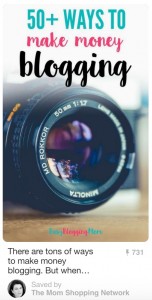
This is normal pin. ^
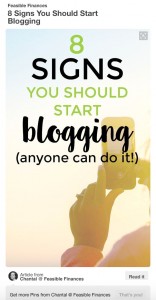
This is a rich pin. ^ It has a lot more info (meaning more keywords).
Developing an Effective Pinterest Strategy
By now you should have a Pinterest account complete with a full profile, rich pins, a verified site, and several boards. Now that you’ve got that super important foundational stuff figured out, it’s time to really develop a way to drive traffic to your site with Pinterest! Here are tips to do just that:
- Pin regularly. Experts suggest pinning anywhere from 10-30 pins daily. However, I’ve seen success with 50-70 per day. That’s a lot! You can do some business-related stuff and some personal stuff.
- Make sure that images from your site are “Pinnable.” The general consensus is that great pins are high-quality, tall, and use clear/bold text to explain what the pin is about. This post has some great info on what size to make your pins. I use PicMonkey to make my actual pins (here’s a tutorial), but I get the images that I edit and label at a stock image site called LibreStock. Important: ALL of your images should either have a Creative Commons Licensure (CC0 – free for any use!) or they should be your original images. You don’t want to steal anyone’s work.
- Make sure that you have pin buttons on your site. Make it easy and quick for people to save what they like! I have the Sumo plugin and it works wonders. Readers can pin images on my site by hovering over the image itself or clicking on the Pinterest icon on the floating icon on the left side of each page.
- Use BoardBooster or Tailwind to automate your pinning. It has helped propel my growth by keeping my content fresh and visible. It also cuts back the time I spend on Pinterest by a lot. Here’s an article comparing the two services. If you use Tailwind, be sure to join my mom-bog Tribe!
- Join blogging Facebook groups that allow you to promote your pins. I’m a part of several that help me get my pins re-pinned more.
- Join as many relevant group boards as possible. Group boards have multiple contributors, meaning that everyone following each contributor is part of that board’s audience. Translation: your pins on group boards are visible to A LOT more people. You can visit the Pin Groupie website to find relevant group boards by keywords and followers. Join those group boards by messaging or emailing the creators of a board. You can also create your own group boards by inviting fellow Pinners and bloggers to them. Update: I have a whole post dedicated to finding + using group boards here.
- Develop some sort of style-guide for your Pins. In order to develop a brand that people recognize, consider using the same fonts and maybe colors when creating all of your pins. You develop some sort of overlay style & put your logo or icon on each image if you want to. Just try to be consistent wherever possible. There’s a post dedicated to helping you make great pins here.
- Follow some bloggers that you admire and some that are in your niche. This has many benefits. Firstly, it allows you to have great, relevant content to pin to your boards. Secondly, it allows you to see what styles and types of pins others are saving/making. Third, it allows you easy access to articles to read for inspiration for your own blog. Fourth, it allows you the opportunity to connect with those bloggers for group board opportunities, guest posts, etc.
- Follow Pinners that are a part of your target audience by keyword. Many times, people will follow you back. Just be careful of following too many people (I did this, oops!) and hitting the Pinterest spam blocks. Also be wary of Pinners with a red profile pic (the pushpin). Sometimes these people don’t have any followers or are inactive on Pinterest. You want the people that are following you to have many followers if possible.
- Take the time to see what your followers are pinning occasionally (not just the ones that you’re following, too!). You want to know what your followers are interested in and you just might get some post ideas by doing this.
- Use the analytics provided by Tailwind and Pinterest. See what’s working and what isn’t. If you have a pin that just isn’t getting any love (repins, likes, etc.) after several weeks, consider deleting it! Also, take a look at the pins that are getting the most repins, and perfect the post that it directs readers to. If the pins that are getting the most love are from sources other than your blog, use that pin to make new posts relevant to those pins. The posts with the best-performing pins are your money makers – make sure that you have affiliate links (or links to whatever you want to drive more traffic to or sell) in those posts.
- Don’t be afraid to ask readers to pin your content! A lot of people (especially other bloggers) will be glad to do it! You can ask in your content, at the end of a post, or in your pin descriptions. Hey guys, have you repinned THIS post yet?
Seeing Consistent Growth + Maintaining Your Pinterest Strategy
Are the wheels turning yet? By now, you should have at least a small following on Pinterest. Here’s how to continue to see growth:
- Continue to pin regularly. I’ve noticed that on days that I don’t pin anything at all, I rarely get new followers, if ever. On days that I go on a small manual pinning spree, I get several new followers without having to follow anyone else.
- Set numerical goals for growth. Your blog and Pinterest following can only grow so much without your help. I tend to ignore my Pinterest account if I don’t have goals and deadlines for my growth, so if anything, do this for accountability.
- Update your pins and boards as your blog grows. The things you write about may change. Make sure that your pins are still relevant to the blog you are working on.
- Focus on ironing out your niche and ideal reader. This can take some time when you’re a new blogger. Consider writing down your ideal reader (mine is the mom blogger, but I’m also wanting to attract bloggers from other niches and people who are looking to start a blog) and go from there. Sometimes I just search “mom blogger” and just see what comes up on Google and Pinterest. I make new boards and pins according to that. Keep your reader in mind!
- Unfollow some people if your niche or audience has changed. If possible, you want more people following you then the number of people YOU are following. Pinterest likes it and so do a lot of influencer networks. You don’t want to look like your followers were “bought” (mine currently looks kind bad because when I first started with Pinterest I followed a LOT of people). Also, you want to have the most relevant and loyal followers, not ones that aren’t likely to actually look at your pins.
- Keep reading about other bloggers’ Pinterest strategies. I find a lot of articles that I want to read on Pinterest and save them to a secret board to read from time to time. Over time I tend to loosen up my Pinterest strategy and in order to keep growing, I like to see what other people are doing before implementing a better strategy. Take stock of what works and what doesn’t – what works for one blog may not work for yours.
- Sign up for some great Pinterest courses or workshops. I did this not too long ago, and although I learned some new things, I was happy to find that I was already implementing a lot of the strategies in the course I was taking. Yey!
That’s it!
Did you survive? You’re well on your way to seeing tons of referrals to your site via Pinterest! Woohoo!
Thanks for reading! What tips have you had success with? Let me know!

Psssttt! Are you following me on Pinterest yet?


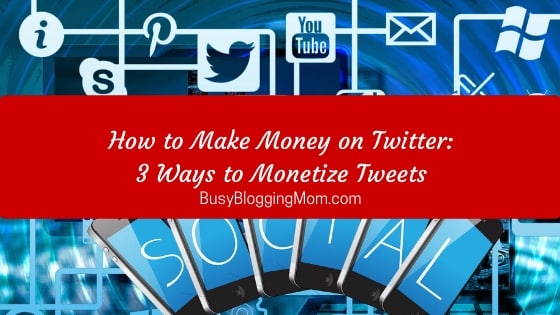
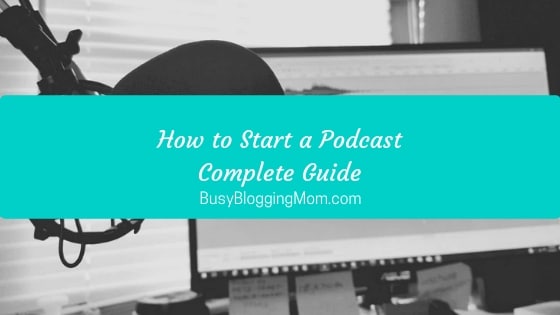
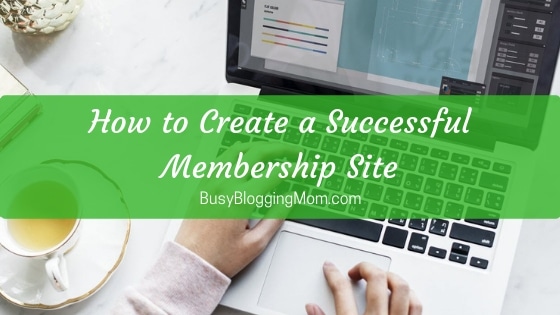
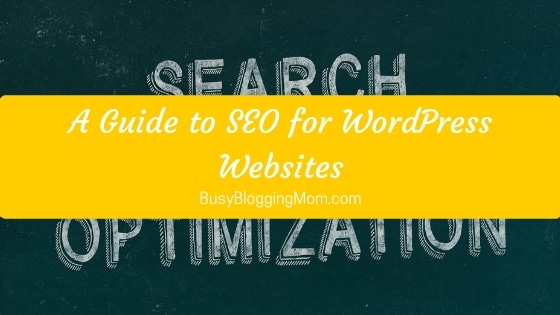




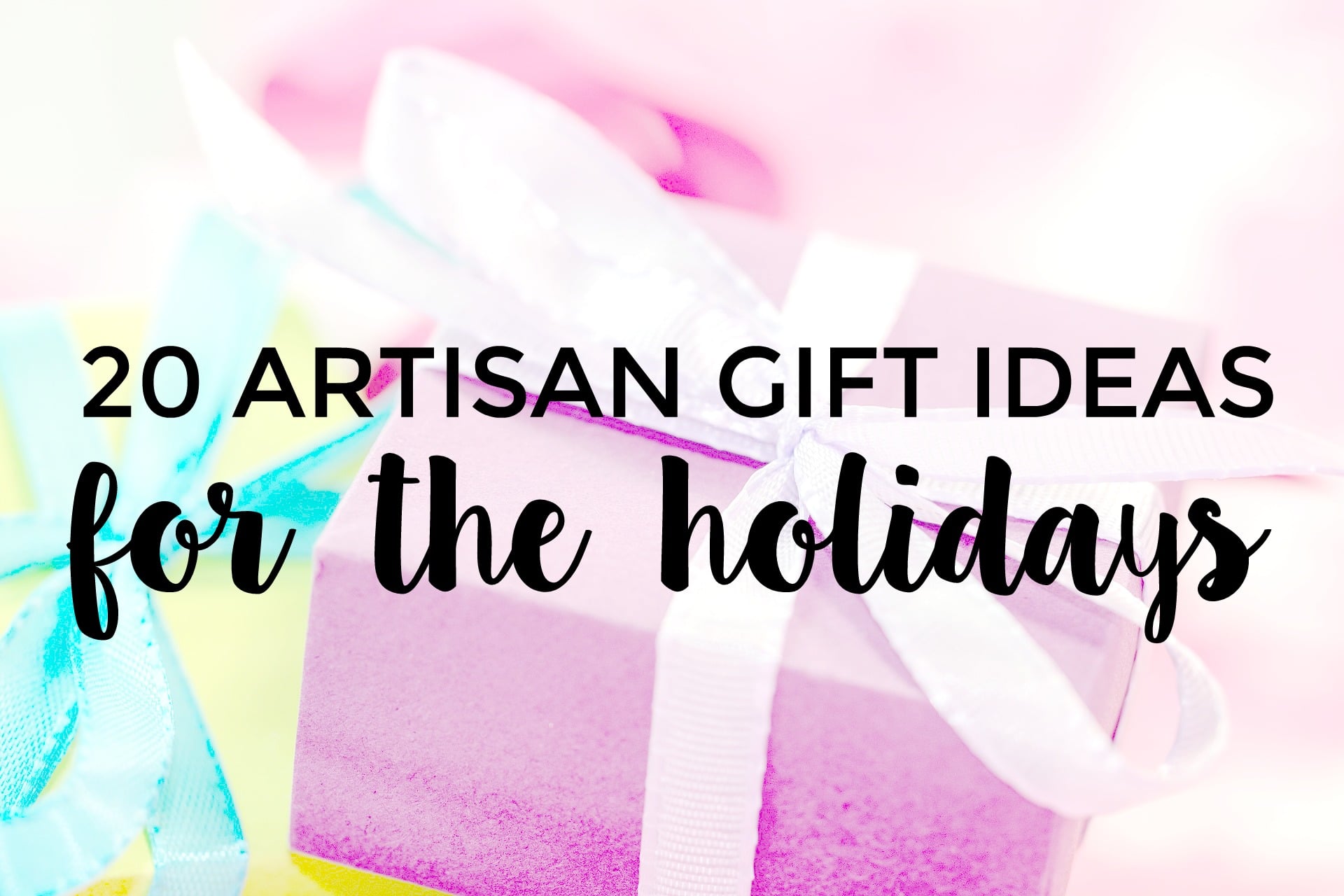

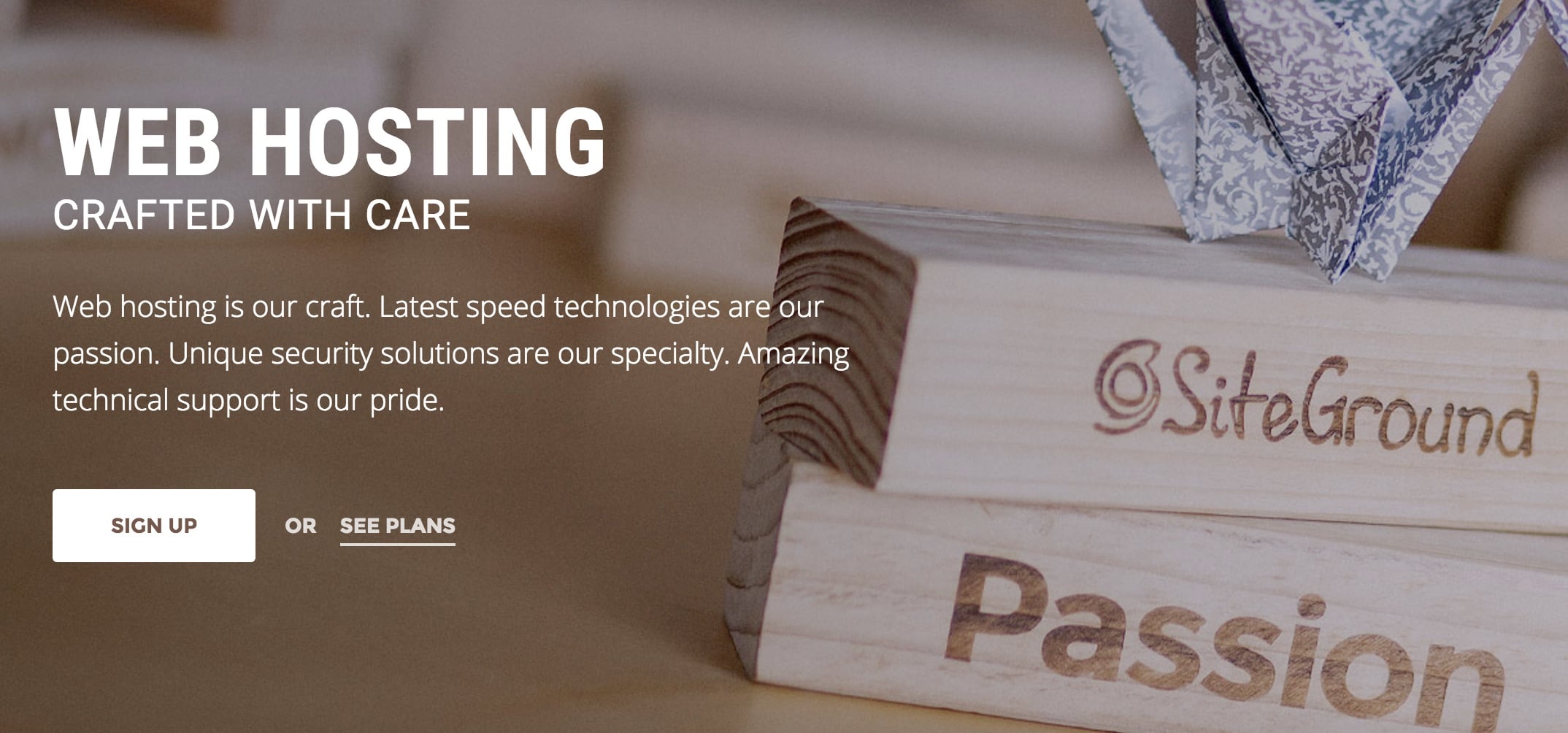
Awesome strategy, and had no idea about rich pins. Signing up for that right now!
Cheers,
Eric
I’m just getting into PInterest as a marketing method for my blog, and am finding it daunting, to be honest. I love Pinterest, personally, but now that it is a potential tool, I have been approaching it with loathing. Currently running a trail of Boardbooster (and not thrilled) and want to compare with Tailwind. Thanks for the tips. I’m pinning this post to come back when I’m in a better blogging mood!
Thanks so much for these tips! I’m glad that there are ways to get targeted traffic like this! I think that collaborations can be one of the most useful ways of getting a response from new readers!
This is probably one of the best posts I’ve read about Pinterest strategy. Thanks!